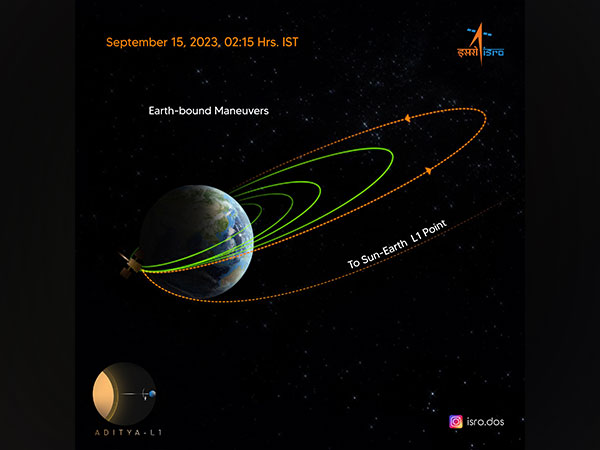The Indian Space Research Organisation today shared that Aditya-L1 has commenced collecting scientific data, using the Supra Thermal and Energetic Particle Spectrometer (STEPS) instrument.
“The sensors of the STEPS instrument have begun measuring supra-thermal and energetic ions and electrons at distances greater than 50,000 km from Earth,” Indian Space Research Organisation (ISRO) on X, formerly Twitter.
See the post here:
Aditya-L1 Mission:
— ISRO (@isro) September 18, 2023
Aditya-L1 has commenced collecting scientific data.
The sensors of the STEPS instrument have begun measuring supra-thermal and energetic ions and electrons at distances greater than 50,000 km from Earth.
This data helps scientists analyze the behaviour of… pic.twitter.com/kkLXFoy3Ri
STEPS will unravel the origin, acceleration, and anisotropy of solar wind and space weather phenomena. ISRO said, “These STEPS measurements will persist during the cruise phase of the Aditya-L1 mission as it progresses toward the Sun-Earth L1 point.”
STEPS was activated on September 10, 2023, when Aditya-L1 was 50,000 km away from Earth. “This distance is equivalent to more than 8 times the Earth’s radius, placing it well beyond Earth’s radiation belt region. After completing the necessary instrument health checks, data collection continued until the spacecraft had moved farther than 50,000 km from Earth”, ISRO said in a release.
STEPS was developed by the Physical Research Laboratory (PRL) with support from the Space Application Centre (SAC) in Ahmedabad.
STEPS comprises six sensors, each observing in different directions and measuring supra-thermal and energetic ions ranging from 20 keV/nucleon to 5 MeV/nucleon, in addition to electrons exceeding 1 MeV.
These measurements are conducted using low and high-energy particle spectrometers. The data collected during Earth’s orbits helps scientists to analyse the behaviour of particles surrounding the Earth, especially in the presence of the magnetic field of Earth.
The mission lifted off from Sriharikota in Andhra Pradesh on September 2.
The spacecraft has already completed two earth-bound orbital manoeuvres and will perform two more before being placed in the transfer orbit towards the Lagrange point L1. Aditya-L1 is expected to arrive at the intended orbit at the L1 point after 125 days.
Major objectives of the mission include the study of the physics of solar corona and its heating mechanism, the solar wind acceleration, coupling and dynamics of the solar atmosphere, solar wind distribution and temperature anisotropy, and origin of Coronal Mass Ejections (CME) and flares and near-earth space weather.





